Elon Musk Says EVs Will Double World's Need for Electricity

While electric automobiles have numerous advantages over internal combustion vehicles, we’ve often wondered when their disadvantages would be offset to a point that would make sense to have them become the dominant mode of transportation. While there are multiple issues that have to be addressed, one of the largest involves finding a way to source the kind of energy needed for the world to recharge them on a regular basis.
An EV-dominated society likely means elevated energy prices and peak demand hours that could easily overtax national energy grids. Renewable energy sources may also prove insufficient in providing the kind of power necessary — potentially requiring countries to double down on plants reliant on coal, oil, and natural gas if nuclear facilities are not approved. Counter-productive takes like that are often downplayed, however, so industrial giants can continue proclaiming the technology as largely trouble-free.
But what happens when EV royalty starts making similar claims about our collective energy needs?
In an interview with Berlin-based publisher Axel Springer, hosted by Germany’s Bild am Sonntag, Musk said sourcing the energy necessary to power EVs would become the biggest obstacle over the next two decades. It’s actually something experts have been considering for a while and Germany, in particular, has had to confront as its own massive push toward sustainable energy turned out to be, well, largely unsustainable.
Despite advancing one of the most ambitious excursions into wind and solar shortly after the 21st century began as part of its Energiewende program, Germany’s emissions stagnated in 2009. By 2018, the nation was actually increasing its utilization of coal-fired plants to meet its growing energy needs and public opinion of renewables declined immensely. While part of this was blamed on the country shunning nuclear power, there’s a growing skepticism that the nation can actually maintain its current energy usage on the promise that wind and solar will become more efficient and cheaper in the coming years. Though even dissenters aren’t thrilled at the prospect of becoming increasingly dependent upon limited resources like coal or entertaining new concepts like national energy rationing.
Either way, the issue will be exacerbated by an influx of electric vehicles.
“It will take another 20 years for cars to be fully electric. It is like with phones, you cannot replace them all at once,” Musk said during a discussion held on the Bild website.
“We need sustainable energy,” he continued. “If something goes wrong we don’t stop producing CO2 and still need to transition ourselves toward sustainable energy production.”
But Elon cautioned that sometimes the wind doesn’t blow and the sun won’t shine on the vast solar arrays needed to harvest and store the necessary energy. He envisioned a future where most people had solar cells on their homes and businesses. Buildings would also utilize batteries connected to improved energy grids to help offset peak draw hours and reduce the presumably higher cost of electricity.
Musk also noted to his German audience that he did not oppose nuclear energy and went so far as to suggest it might even be necessary if we’re to meet tomorrow’s need for electricity — which he said would double by 2040.
The rest of the interview revolved around Tesla’s plan to build its fourth gigafactory in the region, general musings about the future, and his own theory there we’ll have electrified jet planes within five years. If you speak German (or are an old pro at using Google Translate), and have the faintest interest in global energy solutions, the interview is worth a read. If not, Bild also released the video footage in English.[Image: Tesla]
A staunch consumer advocate tracking industry trends and regulation. Before joining TTAC, Matt spent a decade working for marketing and research firms based in NYC. Clients included several of the world’s largest automakers, global tire brands, and aftermarket part suppliers. Dissatisfied with the corporate world and resentful of having to wear suits everyday, he pivoted to writing about cars. Since then, that man has become an ardent supporter of the right-to-repair movement, been interviewed on the auto industry by national radio broadcasts, driven more rental cars than anyone ever should, participated in amateur rallying events, and received the requisite minimum training as sanctioned by the SCCA. Handy with a wrench, Matt grew up surrounded by Detroit auto workers and managed to get a pizza delivery job before he was legally eligible. He later found himself driving box trucks through Manhattan, guaranteeing future sympathy for actual truckers. He continues to conduct research pertaining to the automotive sector as an independent contractor and has since moved back to his native Michigan, closer to where the cars are born. A contrarian, Matt claims to prefer understeer — stating that front and all-wheel drive vehicles cater best to his driving style.
More by Matt Posky
Latest Car Reviews
Read moreLatest Product Reviews
Read moreRecent Comments
- Theflyersfan I always thought this gen XC90 could be compared to Mercedes' first-gen M-class. Everyone in every suburban family in every moderate-upper-class neighborhood got one and they were both a dumpster fire of quality. It's looking like Volvo finally worked out the quality issues, but that was a bad launch. And now I shall sound like every car site commenter over the last 25 years and say that Volvo all but killed their excellent line of wagons and replaced them with unreliable, overweight wagons on stilts just so some "I'll be famous on TikTok someday" mom won't be seen in a wagon or minivan dropping the rug rats off at school.
- Theflyersfan For the stop-and-go slog when sitting on something like The 405 or The Capital Beltway, sure. It's slow and there's time to react if something goes wrong. 85 mph in Texas with lane restriping and construction coming up? Not a chance. Radar cruise control is already glitchy enough with uneven distances, lane keeping assist is so hyperactive that it's turned off, and auto-braking's sole purpose is to launch loose objects in the car forward. Put them together and what could go wrong???
- Jalop1991 This is easy. The CX-5 is gawdawful uncomfortable.
- Aaron This is literally my junkyard for my 2001 Chevy Tracker, 1998 Volvo S70, and 2002 Toyota Camry. Glad you could visit!
- Lou_BC Let me see. Humans are fallible. They can be very greedy. Politicians sell to the highest bidder. What could go wrong?

















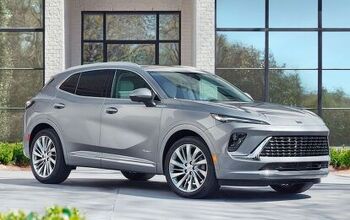
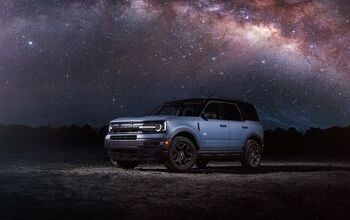

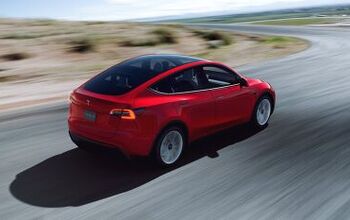
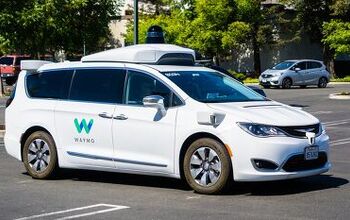
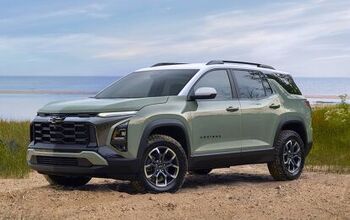
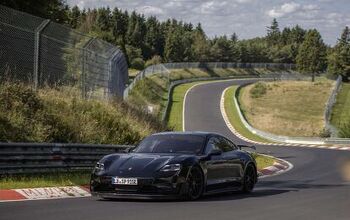
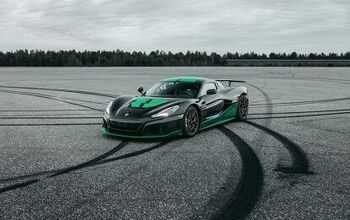
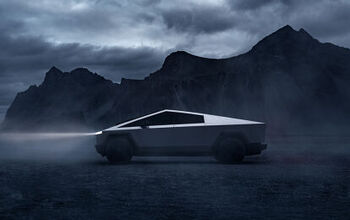
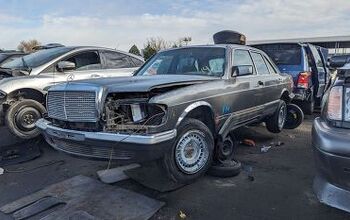

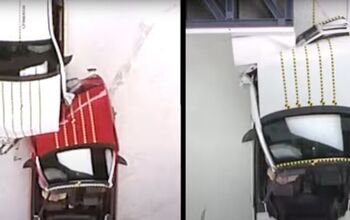

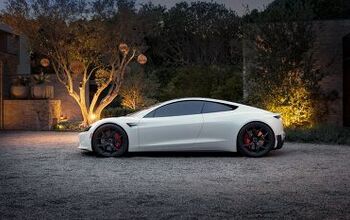
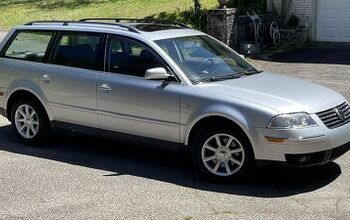


Comments
Join the conversation
If Elon Musk is correct about the doubling of demand for electricity, maybe it would be a good idea to keep the current fleet of nuclear reactors in the US alive. Many are falling off the grid due to cheaper natural gas via fracking. If in doubt, check on the status of Vermont Yankee, Indian Point (down to one unit), or Kewaunee. Overnight charging at home will even out some of the demand on the grid, but solar and wind power will only do so much.
If Musk would like to REALLY change the landscape, he might include installing Thorium nuclear reactors at all Tesla Supercharger sites.